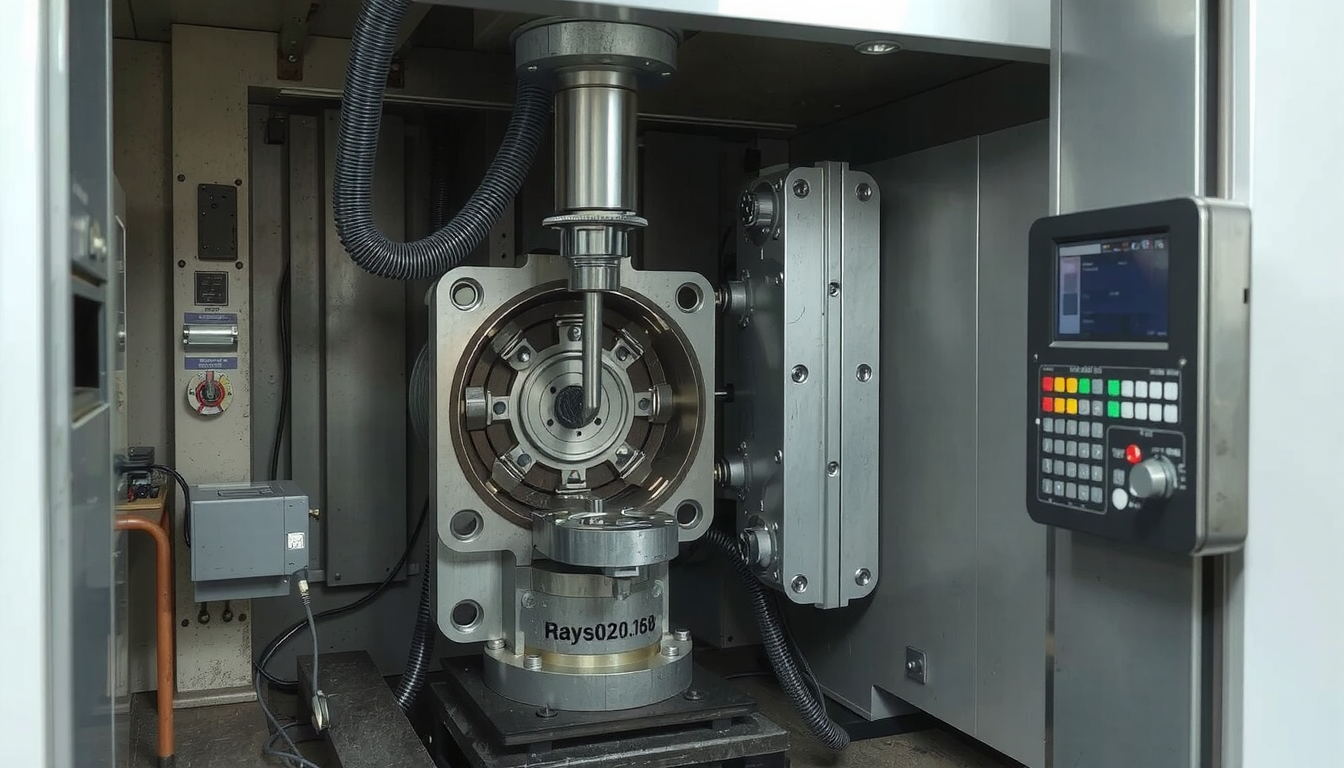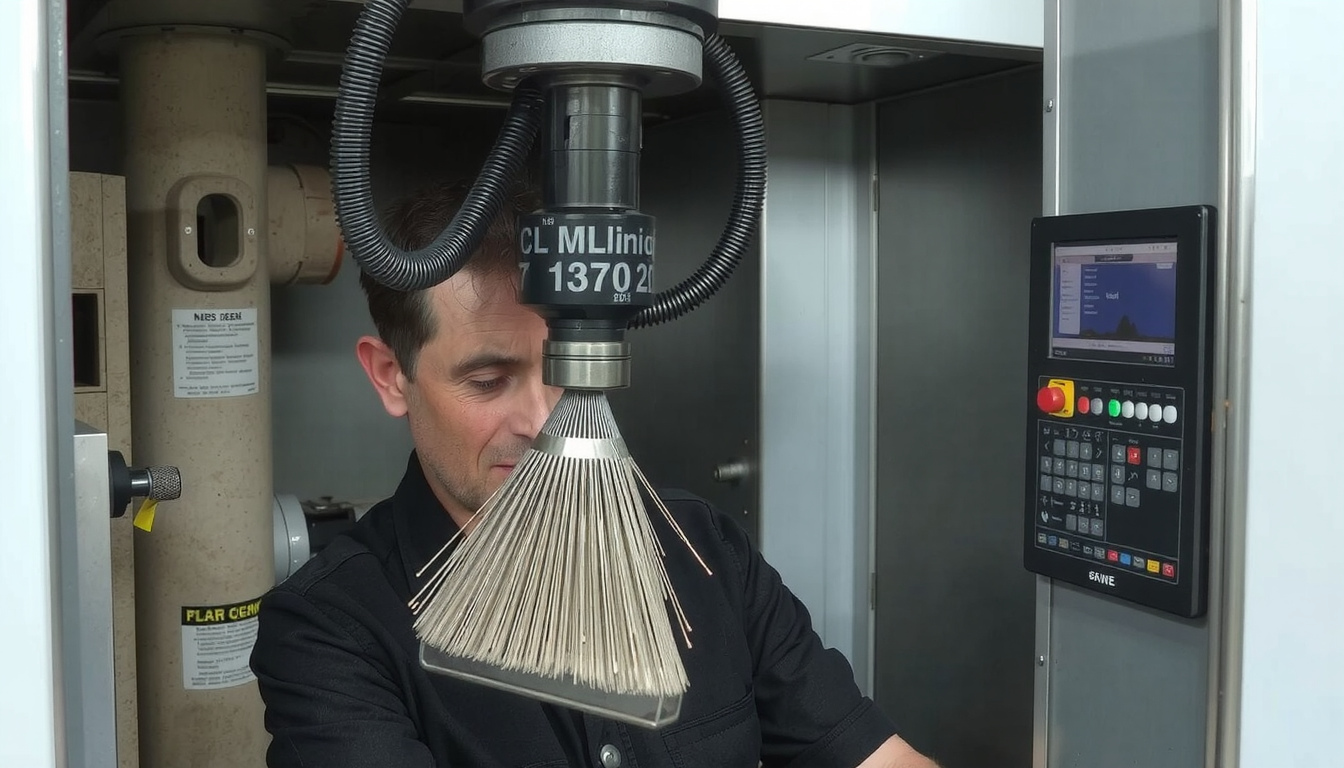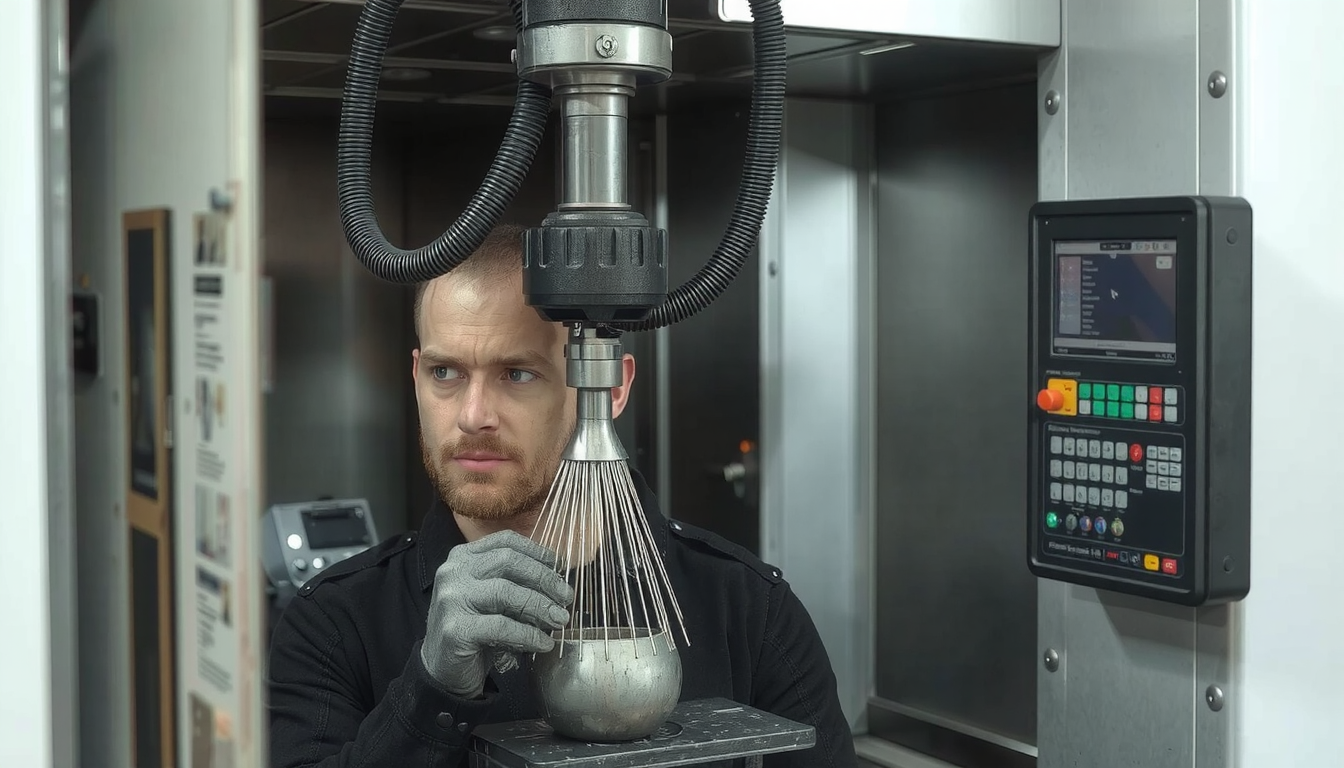Introduction: The Core of Modern Machining

Would you like to know how precise the manufacturing of complex metal or plastic parts is? The main answer is to use two pivotal processes. Learning what is CNC milling and turning comes before modern manufacturing.
What Are CNC Milling and Turning at a Glance?
CNC is the abbreviation of Computer Numerical Control. This is to say, machines are operated by computers to make parts. Both milling and turning are “subtractive” methods. That is, they begin with a block or bar of material and remove material to obtain the finished part.
To illustrate this, you might picture CNC milling as a sculptor who chisels a lifeless block of stone with the help of a sharp and rotating tool. CNC turning on the other hand may be compared to a potter dividing a non-static piece of clay by means of a steady tool.
They are the two processes that we primarily use. At Mékalite, we are in these machinic technologies day after day, transforming our clients’ designs into reality.
What is CNC Milling? The Art of Shaping with a Rotating Tool
CNC milling is a highly versatile process. It can be used to develop anything from brackets to complicated engine components. It has a strong foothold in the field of digital manufacturing.
The Basic Principle: Still Part, Moving Tool
In CNC milling, the workpiece (the material being cut) is held firmly in place on a machine table. A cutting tool, which has multiple sharp edges, spins at thousands of revolutions per minute (RPM).
The computer directs the spinning tool to move along different paths, or axes, to cut the material. A basic machine uses 3 axes (X, Y, and Z) to move left-right, forward-back, and up-down. More advanced machines, like a 5-axis indexed CNC machine, can also tilt the tool or rotate the part. More axes allow for creating much more complex shapes in a single setup.
The Milling Process in 3 Simple Steps
To convert a digital idea into a physical product, the process has to be transparent and predictable. The main point is that one should know the difference between CNC milling and turning by being aware of how each type of procedure is performed from front to back.
- Design (CAD): First, an engineer or designer creates a 2D or 3D digital model of the part. This is done using Computer-Aided Design (CAD) software. This model is the blueprint.
- Programming (CAM): Next, the CAD model is loaded into a Computer-Aided Manufacturing (CAM) program. This software translates the design into a set of instructions called G-code. G-code tells the CNC mill exactly where to move, how fast to spin, and what tool to use.
- Usinage : Finally, the G-code is sent to the CNC milling machine. The machine follows the instructions perfectly. It moves the cutting tool to remove material and create the final part.

Common Uses of CNC Milling
With its ability to produce flat surfaces, pockets, and compound curves, CNC milling finds applications for a variety of parts.
- Enclosures for electronics
- Custom brackets and mounting plates
- Molds for injection molding
- Protoypes for testing
- Parts with flat surfaces, deep pockets, or many holes
What is CNC Turning? Crafting Parts on a Lathe
If milling surpasses at offering intricate block shapes, CNC turning is the reigning champ in producing cylindrical shapes. It is an incredibly efficient and accurate process for any part with a cylindrical profile.
The Basic Principle: Rotating Part, Still Tool
In CNC turning, the setting of the workpiece and tool is different. In general, the workpiece is a bar of material round in shape, which is clamped in a chuck and rotated at a very high speed. A cutting tool that is still and has one single cutting edge is then fed into the rotating material.
As the tool engages with the material, it removes material to achieve the desired form. The apparatus used for this task is called a CNC lathe or a turning center. An expert who has spoken on the matter says, CNC turning is a subtractive manufacturing process appropriate for parts that are symmetrical around a central axis.
Types of Turning Operations
A CNC lathe has versatility that allows it to perform various operations on a part.
- Facing: Produces a flat, smooth surface at the end of the part.
- Parting: Cuts the finished piece off the starter bar.
- Grooving: Cuts a narrow channel into the part.
- Forage : Creates a hole down the center of the rotating part.
- Ennuyeux : Enlarges, or makes an existing hole more precise.
Common Uses of CNC Turning
If a part is round, it was likely made using a turning process. This is a key point in understanding what is cnc milling and turning are used for in the real world.

- Shafts and axles
- Pins, bolts, and screws
- Nozzles and fittings
- Bushings and spacers
- Any component with a round or cone shape
Our extensive experience with CNC Lathe Services enables us to manufacture very precise rotational parts across various industries including automotive and aerospace.
Head-to-Head: CNC Milling vs. Turning at a Glance
The best way to grasp what is cnc milling and turning is to look at the two systems. This neat simple chart is a reliable way to tell which process is effective for which shapes.
Comparison Table
| Fonctionnalité | Fraisage CNC | Tournage CNC |
|---|---|---|
| Core Action | The cutting tool rotates; the workpiece is still. | The workpiece rotates; the cutting tool is still. |
| Machine Used | Milling Machine / Machining Center | Lathe / Turning Center |
| Best for Shapes | Complex, blocky, or non-symmetrical shapes. | Cylindrical, cone, or round shapes. |
| Cutting Tool | Multi-point rotating tool (e.g., end mill). | Single-point still tool (e.g., insert). |
| Example Parts | Engine block, custom case, mold. | Shaft, screw, pin, nozzle. |
| Cost/Speed | Slower for simple round parts. | Faster and cheaper for simple round parts. |
How to Choose: A Practical Guide for Your Project
Aside from the basic definitions of each process, the most important factor to keep in mind is: what process do you need? Selecting the correct process could make all the difference in saving time and money. Our experience tells us that the decision usually begins with the shape of the part.
Start with Your Part’s Shape
Look at your design. Is the part mostly round or cylinder-shaped? If the answer is yes, you should start with CNC turning. It is the most efficient way to make that shape. Even if the part has some features that are not round, like a flat side or a hole on the edge, it may still be best for a special machine called a turn-mill center.
Is the part blocky, flat, or does it have complex curves and surfaces? If yes, then CNC milling is your go-to process. The milling process is arranged in such a way that it can effortlessly take care of the irregular outlines.
Consider These Key Factors
Next to the basic shape of the part, the best way to finalize your choice is to consider the following points. Learning about these variables is crucial to mastering what is cnc milling and turning can do for you.

- La complexité : Milling is the champion for complex 3D shapes and surfaces. Turning is unmatched for parts with rotational symmetry.
- Cost & Speed: For a simple round pin, turning is always faster and cheaper. The setup is quick and the cutting action is very efficient.
- Material: Both mediums can handle a wide range of materials including metals and plastics. The choice of material will determine the cutting tools and speeds but not the process itself.
- Volume de production : For mass production of identical round parts, a special type of turning called Swiss-type CNC turning is incredibly fast and cost-effective.
Real-World Examples: From Concept to Component
Whereas the theory is handy, seeing the concept plays out in real life clarifies the difference between the two processes – CNC milling and turning. Here you go, two applications we usually work on that demonstrate why one process is chosen over the other.
Case Study 1: Milling an Aluminum Case
A client needed a custom box to house a new electronic device. The design was essentially a small, rectangular aluminum block that needed to be hollowed out.
It required perfectly flat faces, internal pockets for the circuit board, and threaded holes on the side for mounting. Turning cannot create a rectangular box or cut pockets from the top. CNC milling was the clear and only choice for this part.
Case Study 2: Turning a Stainless Steel Shaft
Another client needed a high-strength driveshaft for a robotic arm. The part was a long, thin cylinder with several different diameters along its length and a groove for a retaining ring.
The part’s shape was purely cylindrical. CNC turning was the perfect method. We used a CNC lathe to quickly and accurately shape the different diameters and cut the groove, all in one simple operation. This was far more efficient than any other method.
Conclusion: Two Processes, One Goal: Precision
The essence of what is cnc milling and turning can be grasped. One rotates the tool while the other rotates the part.
Principaux enseignements
Bear in mind that CNC milling involves a rotating tool to shape a still part, making it ideal for complex or flat designs. CNC turning uses a rotating part and a still tool, perfect for creating cylindrical components. Coming to know these two basic differences is the first step towards turning your imagination into reality through modern manufacturing.
Frequently Asked Questions (FAQ)
Q1: Can one machine do both milling and turning?
A: Yes. These machines are called turn-mill centers or multi-axis CNC machines. They combine the functions of a lathe and a mill. This allows them to create very complex parts in a single setup, which improves accuracy and saves time.
Q2: Which is more expensive, CNC milling or turning?
A: It depends entirely on the part’s shape. For a simple round part like a pin, turning is much cheaper and faster. For a complex, non-round part, milling is the required process, and its cost depends on the part’s complexity and the machine time needed.
Q3: What materials can be used in CNC milling and turning?
A: A huge variety of materials can be machined. This includes metals like aluminum, steel, brass, and titanium. It also includes plastics like ABS, nylon, and polycarbonate. Even wood and composite materials can be used, depending on the project’s needs.
Q4: What does “subtractive manufacturing” mean?
A: Subtractive manufacturing is any process that creates a part by removing material from a larger block or bar. Both CNC milling is a subtractive manufacturing process and turning are subtractive. This is the opposite of additive manufacturing, like 3D printing, which builds a part by adding material layer by layer.
Q5: What is G-code?
A: G-code is the basic programming language that tells a CNC machine what to do. It is a series of commands that control the machine’s movements, speeds, and tool changes. The CAM software creates this G-code from the 3D model, and it acts as the final set of instructions for the machine.

